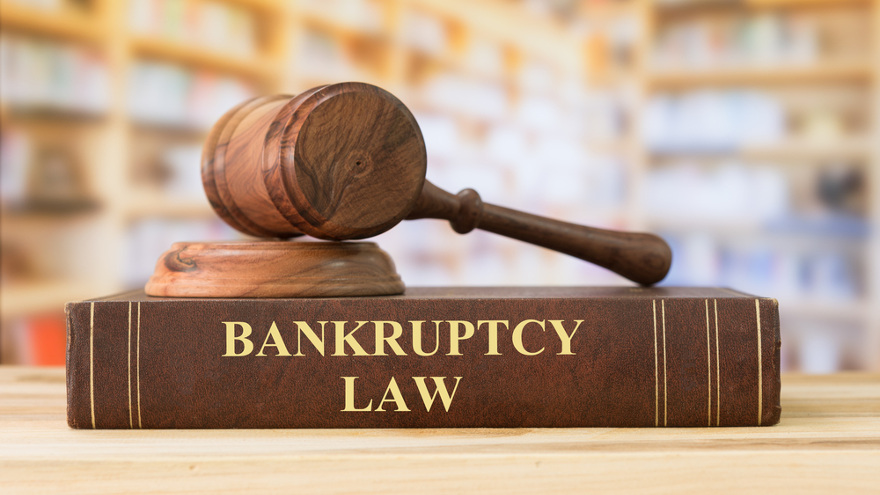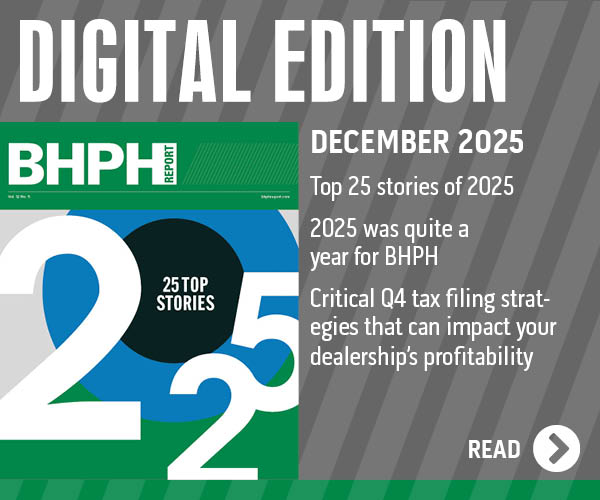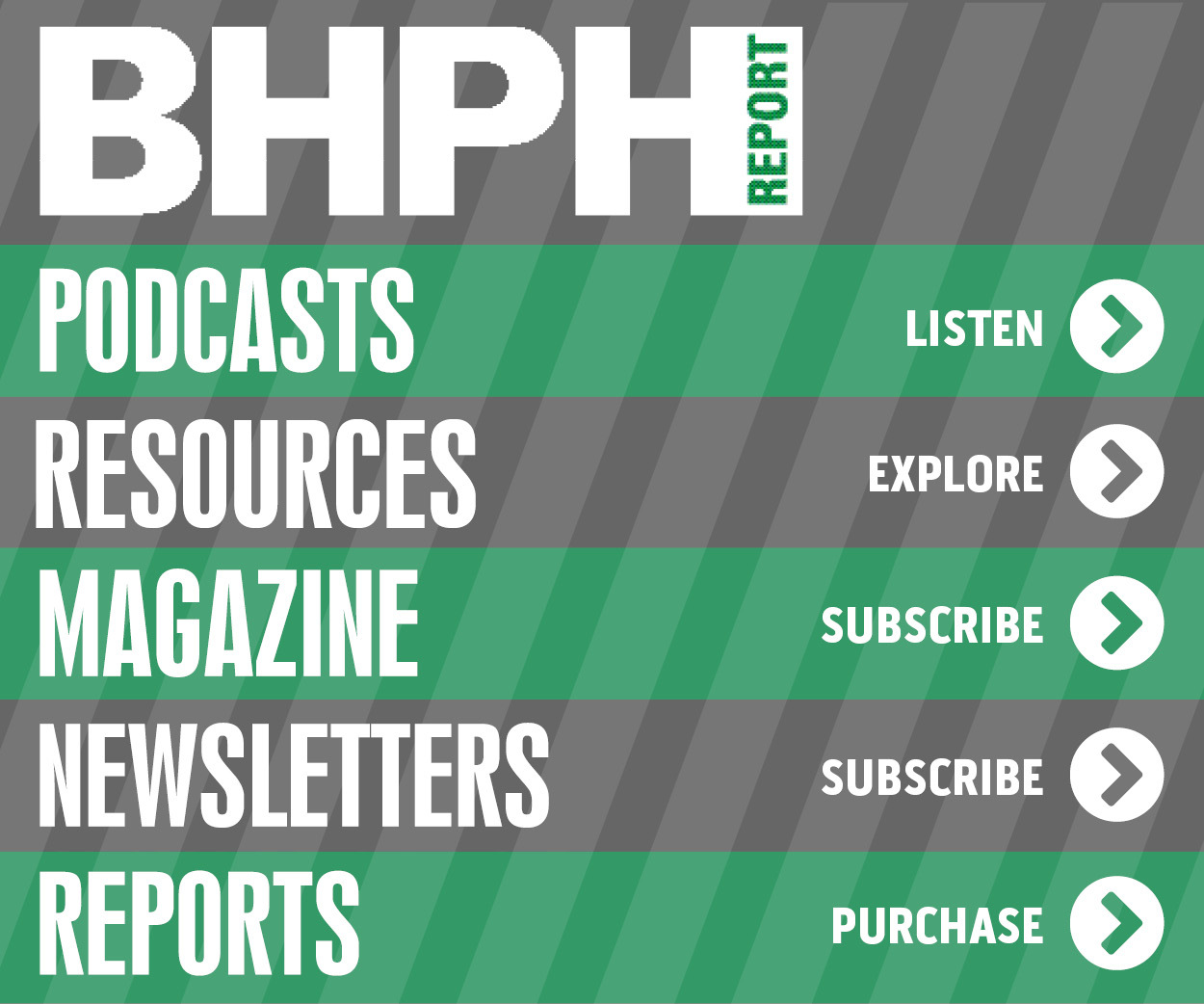Bankruptcy filings jump by double digits again in July

By subscribing, you agree to receive communications from Auto Remarketing and our partners in accordance with our Privacy Policy. We may share your information with select partners and sponsors who may contact you about their products and services. You may unsubscribe at any time.
No matter if they’re filed by individuals or businesses, bankruptcies continue to rise, with July figures illustrating another increase by double digits.
According to data provided by Epiq AACER July’s 49,614 total bankruptcy filings represented a 12% increase from 44,452 total filings in July of last year.
Similar increases happened in March as well as in April.
Analysts said the 46,617 non-commercial filings in July represented an 11% increase from the July 2024 non-commercial filing total of 42,081.
The newest data released on Tuesday also showed consumer Chapter 7 filings increased 13% to 29,122 from the 25,716 Chapter 7 cases filed last July. Meanwhile, Chapter 13 filings rose 7% to 17,392 over the 16,303 filings registered the previous year.
Looking at the business side of bankruptcy, Epiq AACER reported commercial Chapter 11 filings came in at 911 in July, representing a 78% increase over the 512 filings posted last July.
Subscribe to Auto Remarketing to stay informed and stay ahead.
By subscribing, you agree to receive communications from Auto Remarketing and our partners in accordance with our Privacy Policy. We may share your information with select partners and sponsors who may contact you about their products and services. You may unsubscribe at any time.
Analysts noted the overall July commercial filing total of 2,997 marked a 26% increase from the July 2024 commercial filing total of 2,371.
The new data also indicated small business filings, captured as subchapter V elections within Chapter 11, increased 30% to 206 in July from 159 filings a year earlier.
“As expected, we continue to see strong demand from both consumers and businesses seeking bankruptcy protection, with double-digit percentage increases year-over-year—particularly notable in commercial filings,” said Michael Hunter, vice president of Epiq AACER.
“Overall volumes are steadily climbing back toward pre-pandemic levels, and we anticipate this growth will continue throughout the remainder of 2025 and into 2026, driven by persistent economic pressures such as high interest rates, inflation, record household debt levels, rising delinquency rates, and geopolitical uncertainty,” Hunter continued in a news release.
Looking at the data on a sequential comparison, Epiq AACER said the July total U.S. bankruptcy filings marked a 7% rise from June, when there were 46,239 cases.
Analysts said noncommercial bankruptcy filings also registered a 7% increase from the previous month’s total of 43,638 noncommercial filings.
Epiq AACER went on to note that the number of consumers filing for Chapter 7 increased 7% over the 27,213 individuals who filed in June, while Chapter 13 filings also jumped 7 percent from the 16,307 Chapter 13 filings completed during the previous month.
“Businesses and consumers are increasingly turning to bankruptcy amid the continued economic strains of elevated prices, higher borrowing costs and uncertain geopolitical events,” American Bankruptcy Institute executive director Amy Quackenboss said in the news release.
“We appreciate the attention of Congress to re-establish higher debt thresholds for subchapter V and chapter 13 to provide greater access for struggling small businesses and consumers trying to achieve a financial fresh start,” Quackenboss continued.
ABI recapped that the House Judiciary Subcommittee on the Administrative State, Regulatory Reform, and Antitrust held a hearing on July 15 titled, “Bankruptcy Law: Overview and Legislative Reforms.”
The organization said that renewing the enhanced subchapter V and Chapter 13 debt-eligibility limits to the levels prior to last year’s statutory sunset received bipartisan support from subcommittee members during the hearing.


